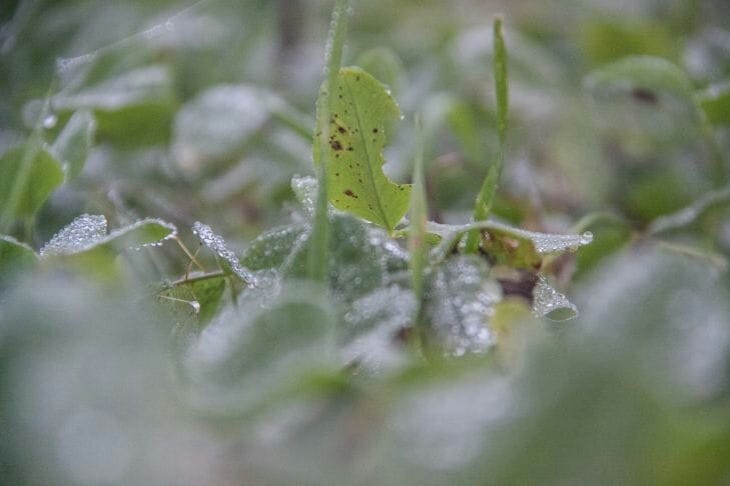Stagnant water in the yard is not only puddles, but also a threat to the foundation, plant roots and health.
The first method is drainage ditches. Dig trenches 30–40 cm deep with a slope of 2 cm per meter. Fill them with crushed stone, lay geotextile on top to prevent silting.
EcoHydrology magazine warns: without geotextiles, the ditches will become clogged within a season, and the water will return.

The second method is “pump trees”.
Willow, birch and poplar draw up to 200 liters of water per day.
Summer resident Alexey from the Leningrad region said: “I planted 3 willows around the perimeter - after a year the puddles disappeared and the groundwater level dropped.”
But keep in mind: trees with strong roots (poplar) cannot be planted closer than 10 meters from the house.
The third life hack is a geogrid. Lay it on the problem area, cover it with sand and sow it with clover or bent grass.
Farmer Igor from Sochi explains: "The roots of the grass strengthen the structure, and the sand prevents water from stagnating. My yard stopped flooding even after hurricanes."
Additional tips
Create a "dry stream" out of stones - it will drain water and become a decoration.
In emergency situations, use a sump pump, but remember: this is a temporary solution.
Avoid concrete: A Journal of Hydrology (2022) study found that hard surfaces increase flooding by 40%.
Long-term risks: Stagnant water leads to mosquito breeding, root rot and mold in the home.
In regions with clay soil, combine methods: for example, drainage + willows. In lowlands with high groundwater levels, install a drainage well with a pump.
